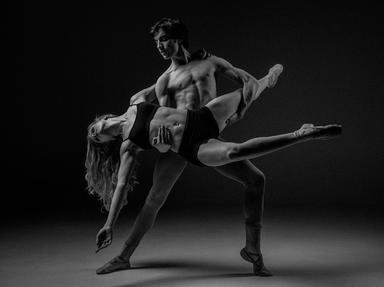Quiz Answer Key and Fun Facts
1. Arises in two slips from the anterior femur inferior to vastus intermedius and inserts in the apex of the suprapatellar bursa.
2. Arises on the outer surface of the ilium between the posterior and anterior gluteal lines and inserts on the posterolateral surface of the greater trochanter of the femur.
3. Arises from the anterior tubercles of the transverse processes of C3-6 and inserts into the anterior basilar occipital bone.
4. Arises from the flexor retinaculum and palmar aponeurosis and inserts into the dermis of the palm.
5. Arises from the nasal bone and nasal cartilages and inserts into the skin of the medial forehead.
6. Arises from the transverse processes of L1-5, the bodies of T12-L5 and the intervertebral discs below T12. Inserts on the middle surface of the lesser trochanter of the femur.
7. Arises on the 2nd, 3rd and 4th costotransverse bars of the sacrum between the sacral foramina. Inserts on the anterior part of the medial aspect of the greater trochanter of the femur.
8. Arises from the anterior tubercle of the transverse process of C7 and inserts into the suprapleural membrane.
9. Arises from the lateral supracondylar ridge of the femur and inserts into the calcaneal tendon (medially, and deep to gastrocnemius).
10. Arises from the body of the sphenoid bone superomedial to the tendinous ring, and inserts into the posterior superior lateral quadrant of sclera.
11. Arises from the anterior inferior half of the humerus and the medial and lateral intermuscular septa. It inserts into the coronoid process and tuberosity of the ulna.
12. Arises from immediately inferior to the anterior superior iliac spine, and inserts into the upper medial surface of the shaft of the tibia.
13. Arises from the anterior surface and the apex of the styloid process and the superior quarter of the stylohyoid ligament. It inserts into the superolateral sides of the tongue.
14. Arises from the cartilaginous and bony margins of the auditory tube and inserts into the handle of the malleus.
15. Arises from the inferior third of the lateral inferior angle of the scapula and inserts into the medial lip of the bicipital groove of the humerus.
16. Arises from the common flexor origin of the medial epicondyle of the humerus and inserts into the bases of the 2nd and 3rd metacarpels.
17. Arises from all the thoracic spines and supraspinous ligaments from T7 inferiorly, the lumbar and sacral spines via the lumbar fascia, the posterior third of the iliac crest, the inferior angle of the scapula and the last four ribs. It inserts into the floor of the bicipital groove of the humerus.
18. Arises from the anterior two-thirds of the zygomatic arch and the zygomatic process of the maxilla, and inserts into the lateral surface of the angle and lower ramus of the mandible.
19. Arises from the upper inner quadrant of posterior of the ischial tuberosity and inserts into the upper medial shaft of the tibia.
20. Arises in the anterior and superior manubrium and the superomedial third of the clavicle, and inserts into the lateral aspect of the mastoid process and the anterior half of the superior nuchal line.
Source: Author
chickenkev
This quiz was reviewed by FunTrivia editor
crisw before going online.
Any errors found in FunTrivia content are routinely corrected through our feedback system.
